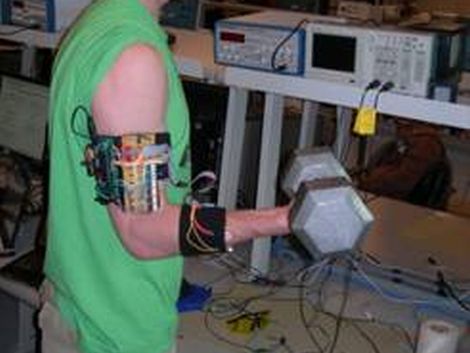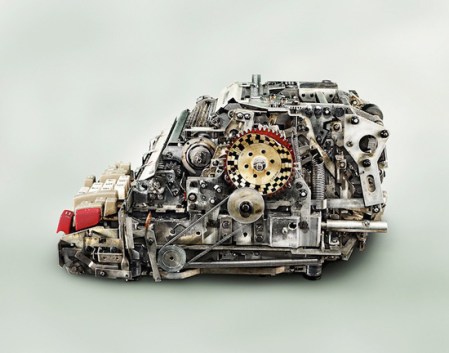
We always enjoy seeing what Electrical and Computer Engineering students dream up for their final projects, and though we must have missed this back in 2010 when it was published, [Bruce Land] dropped us a line to bring our attention to this cool Haptic Exercise Coach.
Designed and built by Cornell students [Michael Lyons] and [Greg Meess], the Haptic Exercise Coach is a small electrical circuit that helps individuals maintain proper form during bicep curls. The device uses accelerometers to monitor the user’s arm position and speed throughout the exercise, offering corrective feedback if it detects poor form. The device is driven by a Mega32 microcontroller which evaluates the data from the accelerometers, triggering one of six pager vibration motors to provide the feedback.
The pair says that the device can be used in athletic training to maximize workout time, or in muscle rehabilitation clinics where proper form can prevent reinjury.
Continue reading to see a video presentation of the device, and be sure to check out their project page for more details on how it was built.














